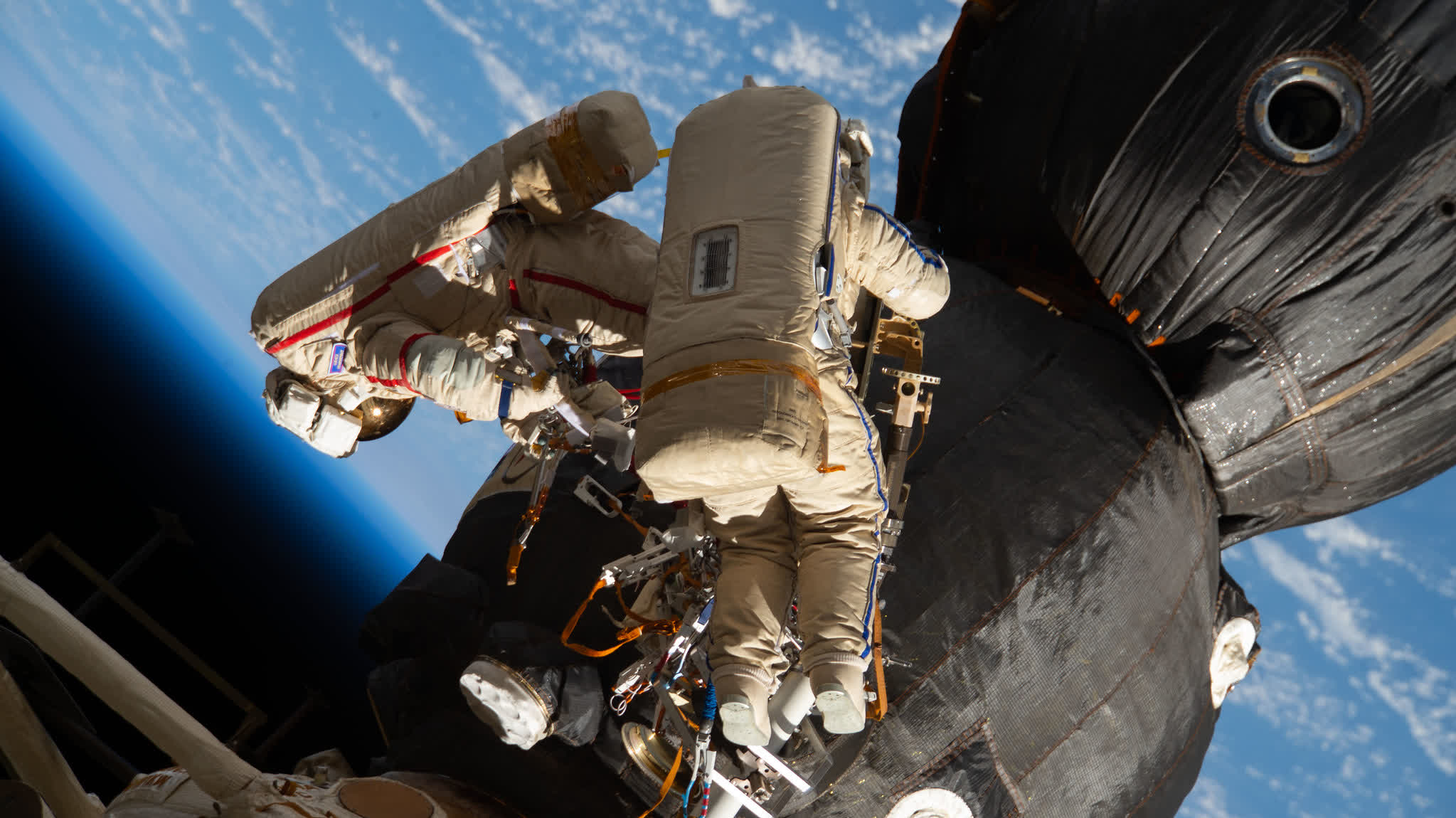The big picture: NASA has select SpaceX to help deorbit the International Space Station once the facility reaches the end of its operational life in 2030. Several strategies on what to do with the ISS once its clock runs out were considered including pushing it to a higher orbit to delay reentry or waiting for it to decay naturally. Ultimately, a deorbit vehicle was decided upon.

When the time comes in early 2031, a SpaceX-made deorbit vehicle will dock with the ISS and help guide it down in a controlled manner. Pieces that don't burn up during reentry are expected to crash into an uninhabited part of the south Pacific Ocean.
NASA said the contract to build the deorbit vehicle has a total potential value of $843 million. That doesn't include the cost for launch services, which NASA said it will procure at a later date. Once SpaceX finishes construction, NASA will take ownership and operate it during the mission. The deorbit vehicle, like the space station, will be destroyed upon reentry.
Ken Bowersox, associate administrator for Space Operations Mission Directorate at NASA, said the plan will allow for the continued use of space near Earth.

The ISS is jointly operated by five space agencies including NASA, the CSA (Canadian Space Agency), the ESA (European Space Agency), JAXA (Japan Aerospace Exploration Agency), and State Space Corporation Roscosmos (Russia). Each agency is responsible for controlling and managing the hardware it brought to the station, and is also responsible for its safe deorbit.
All countries involved except Russia have publicly committed to continue operating the space station until 2030, with Russia remaining committed through at least 2028.
Construction on components for the ISS started in the mid-90s, with the first module launching in late 1998. The first resident crew arrived at the tail end of 2000, and the ISS has been continuously crewed ever since.
NASA will be transitioning to commercially owned space destinations that are "closer to home," we're told, to help support deep space exploration missions to Mars and the Moon.
NASA selects SpaceX to help deorbit the International Space Station

